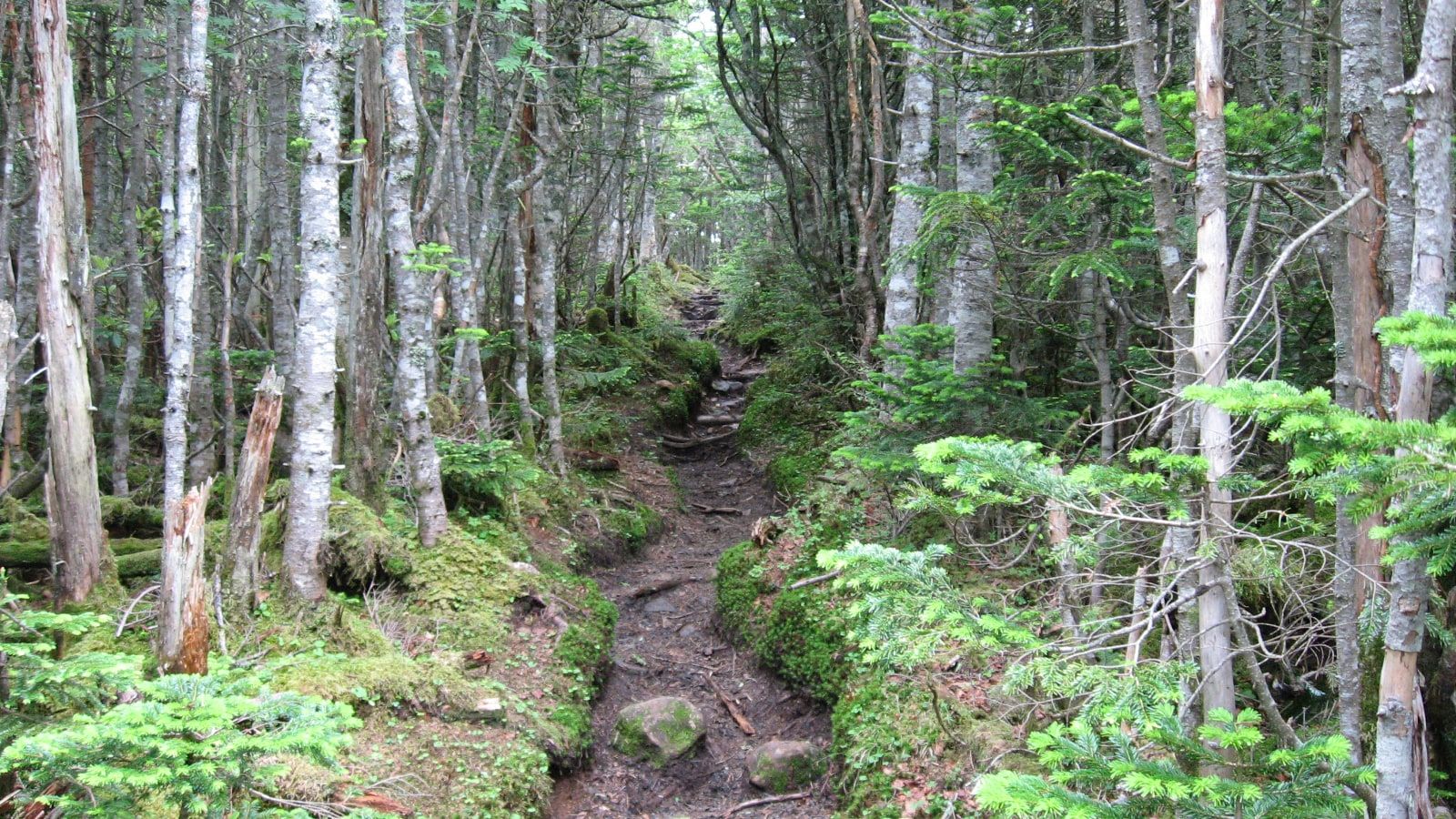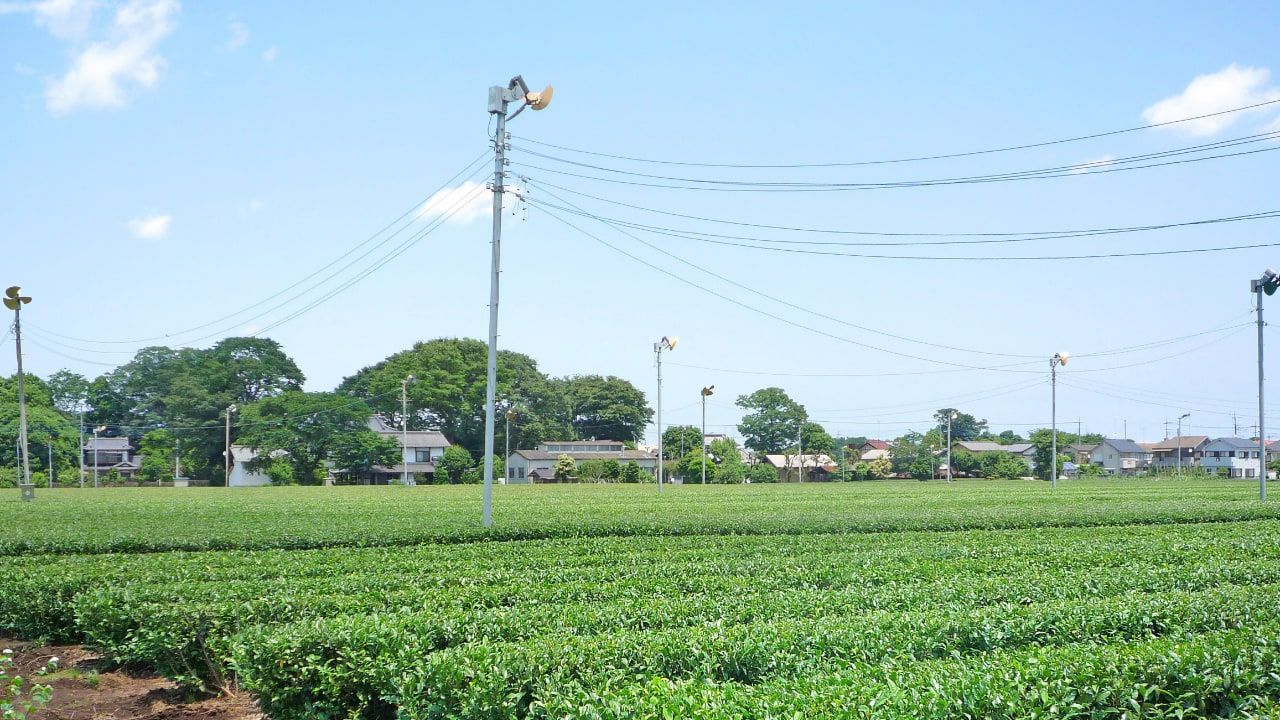July 2025 – Shincha from Sayama
This month, we bring you a Shincha (新茶) grown in the Sayama region (狭山), one of the northernmost tea-growing areas in Japan. Although Sayama accounts for only about 1% of national production, its teas are known for their rich and full-bodied flavor.
Note that the historical region of Sayama, which gave the tea its name, extends well beyond the current administrative borders of the municipality of Sayama (狭山市).

Mountains in western Saitama by Σ64, under CC BY-SA 3.0 (photo cropped from the original).
The Secret Behind Sayama Tea's Flavor
The cold winter climate of the Sayama region plays a crucial role. As temperatures drop significantly, tea plants go into a deep dormancy. During this period, their metabolism slows, preserving nutrients stored in the roots. When spring arrives, the new shoots are richer in flavor and theanine, resulting in a tea that is naturally sweet, umami-rich, and aromatic.
This sets Sayama teas apart from those grown further south in Japan, where fertilizers are often used in spring to encourage early growth.
Deep-Steamed and Carefully Roasted
This month's tea is made using the Fukamushi (深蒸し製法) method, in which the leaves are steamed for a longer time: about 120 seconds. Despite the deep steaming, this tea remains clear and smooth, without the powdery texture that sometimes characterizes Fukamushicha.
Its taste is both full-bodied and gentle, with a lingering finish enhanced by a light roasting step. Everything is done in-house, from cultivation to processing, ensuring full traceability and traditional craftsmanship.

Sayama tea field in Tokorozawa by tokoro koko, under CC BY-SA 3.0 (photo cropped from the original).
Tokorozawa and the Sayama Tea Lands
The heart of Sayama tea production lies in Tokorozawa (所沢), between the western hills of Saitama and Tokyo (東京) to the east. Here, tea fields stretch between forests, vegetable plots, and traditional family homes.
Many of these families own small tea-processing workshops, and some even operate attached shops where you can buy their teas directly. If you're lucky enough to visit in spring and ask to join the harvest, don't be surprised if they reply, "Of course, always."
Brewing Instructions
To enjoy this Shincha from Sayama at its best:
- Tea leaves: 6g (about 1 tablespoon)
- Water: 300 ml (10 oz)
- Temperature: 70°C (160°F)
- Steeping time: 90 seconds
You can do a second infusion with slightly hotter water and a shorter steep. This tea pairs wonderfully with light summer dishes, or it can be enjoyed on its own to savor its depth.
Enjoy, and have a wonderful summer!
